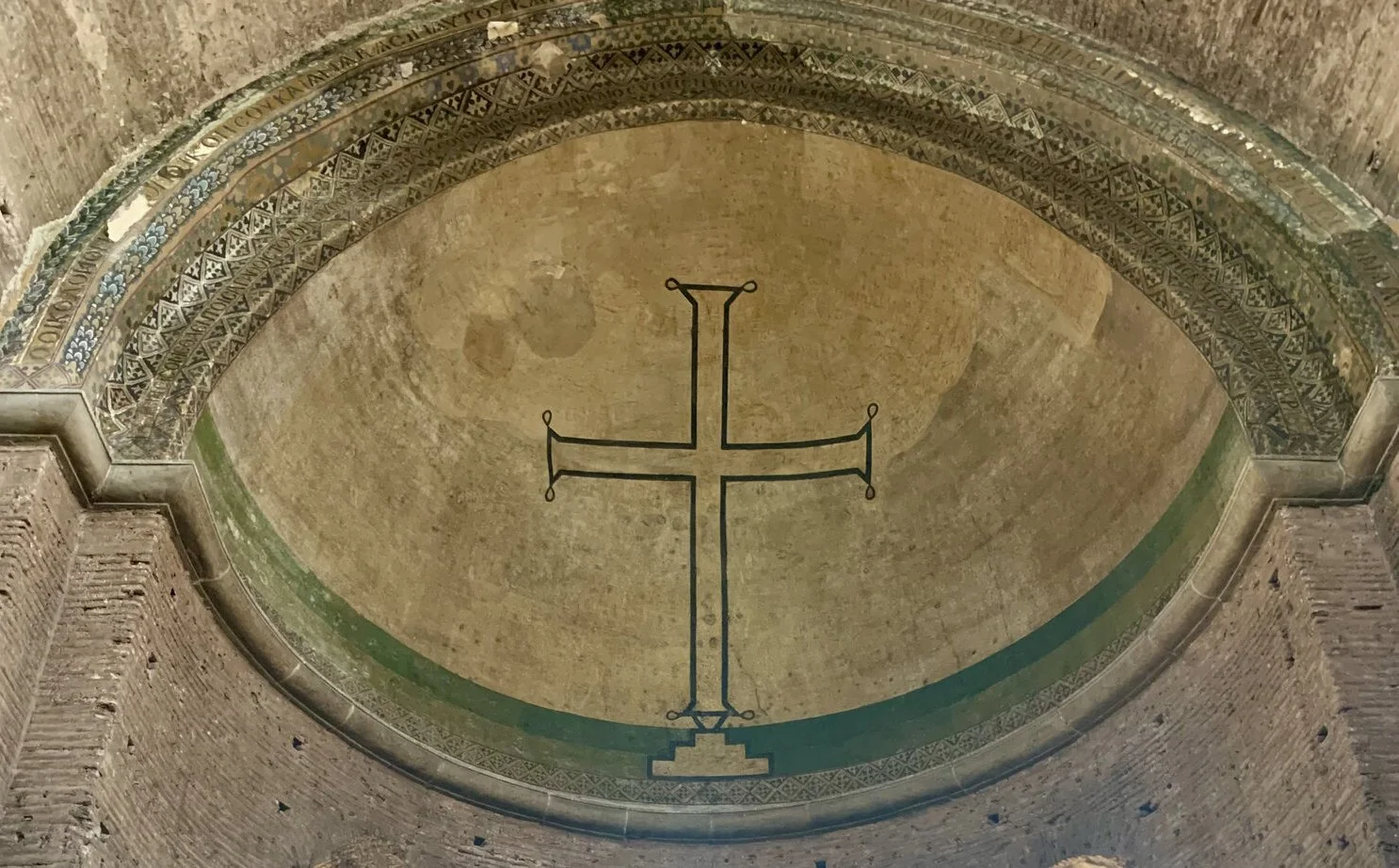In our previous article, we introduced our engagement with Earl Blackburn’s It Pleased the Lord to Make a Covenant of Grace. We also looked at his first chapter, in which he lays out some terminology and positions. There, he presents the important question, “Is the Sinaitic or Mosaic Covenant a republication of the Covenant of Works as it is supposedly taught by 1689 Federalism and a few other Reformed and Calvinistic evangelicals?” (p. 14). His second chapter is only two pages (pp. 17–18), so this response article will be necessarily brief.
Blackburn’s second chapter introduces the doctrine of the covenant of works in six propositions. Everything in this section is fairly common fare in a presentation of the covenant of works. It is not entirely clear what he means when he says “contra 9:2.” We assume he does not mean he stands “contra” the Second London at 9.2 since he said earlier in the book that he agrees with the Second London, but it is difficult to know what he could mean by this statement. Does he think the Confession contradicts between 6.2 and 9.2? Does he stand contra 9.2? We will leave that question for him to answer. Near the end of the chapter, however, he points to what he calls “a careful distinction” (p. 18). He says, “This distinction is that the Covenant of Works and the writing of God’s Law on Adam’s heart (cf. 2:15) are not one and the same” (emphasis original). He continues, “Some mistakenly and wrongly conflate the two, and those who use LBC 19:2 to support Republicationism are guilty of unwarranted conflation.”
Response
Blackburn’s argument here is actually quite fascinating, not because we disagree, but because it seems to further evidence a lack of substantive engagement with published (i.e., written and printed) 1689 Federalist material. S. Renihan says, “As Coxe had laid out previously, covenants do not arise from man’s natural relation to God, nor is man’s obedience inherently meritorious. The covenant of works was introduced by God in a positive command not to eat from the tree of the knowledge of good and evil” (Samuel Renihan, From Shadow to Substance, 233-34). Likewise, Barcellos explicitly says, “A distinction between man’s created state and man in covenant with God was observed to be the teaching of the Confessions and Catechisms. Man was made, and then the garden was made into which man was placed (Genesis 2:7–8, 15)” (Barcellos, Getting the Garden Right, 60). Later, Barcellos says, “Adam had the law written on his heart and a specific external, or positive, command from God not to eat of a certain tree” (Barcellos, Getting the Garden Right, 132). The same is seen in Renihan’s Mystery of Christ (pp. 59–70).
Our point here is not to disagree with Earl Blackburn. In fact, our point is just the opposite. He has stated this point as though there is a disagreement, where, in fact, there is not one on this point. In his final sentence in the chapter, where he says “The giving of the Law at Sinai . . . was not a republishing of the Covenant of Works,” we are getting more to the issues of disagreement. That said, about the law to which he refers in that particular sentence, namely, the moral law written on the heart of man, we agree. The law written on the heart and written on stone is not in itself a republishing of the covenant of works.
In a real sense, this chapter seems like a red herring because it implies that it is addressing a disagreement that is not actually present between his view and ours. Our next article will look at chapter three, where Blackburn offers an interpretation of 2LBCF 7.
